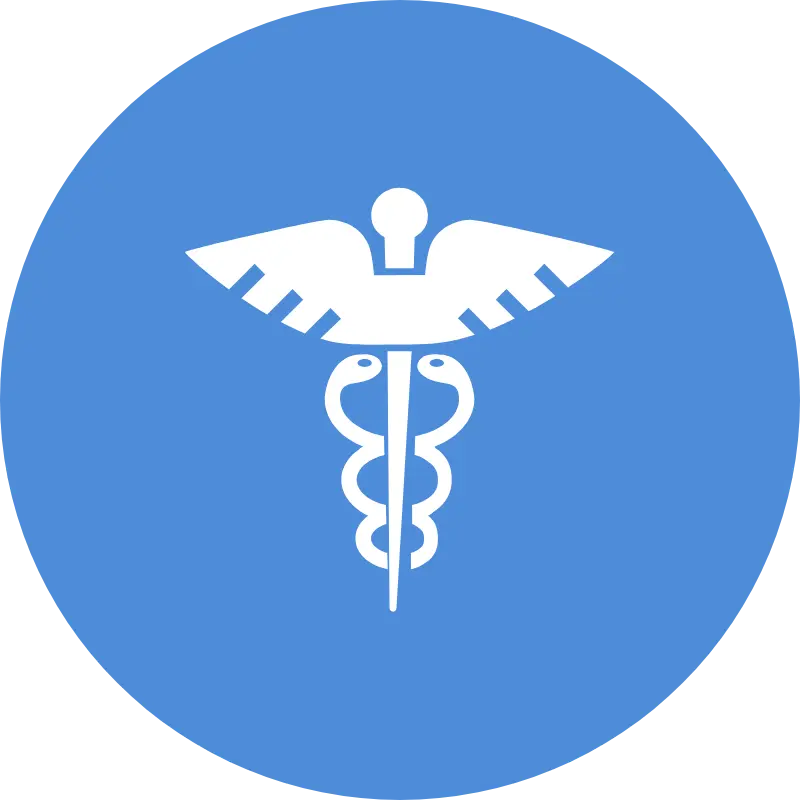HIPAA Compliance

The Health Insurance Portability and Accountability Act (HIPAA) represents one of the most significant regulatory frameworks in healthcare information technology, establishing national standards for protecting sensitive patient health information. Enacted by the U.S. Congress in 1996 and substantially expanded through subsequent rules including the HIPAA Privacy Rule (2003), Security Rule (2005), and Breach Notification Rule (2009), HIPAA governs how covered entities and their business associates handle Protected Health Information (PHI). The legislation’s dual purpose is to ensure patient privacy while enabling the secure flow of health information needed for providing quality care. For healthcare organizations and their technology partners, HIPAA compliance is not merely a regulatory checkbox but a fundamental operational requirement that influences everything from infrastructure design and application architecture to staff training and incident response procedures. Non-compliance carries substantial risks, including civil penalties ranging from $100 to $50,000 per violation (with an annual maximum of $1.5 million), criminal penalties including fines and imprisonment, and significant reputational damage.
Linux systems play a crucial role in HIPAA-compliant environments due to their robust security capabilities, configurability, and transparent open-source nature that facilitates security auditing. Implementing HIPAA compliance on Linux infrastructure requires a comprehensive approach encompassing technical controls, administrative safeguards, and physical security measures. Key technical considerations include implementing strong access controls through user authentication and authorization mechanisms, maintaining detailed audit trails of system activities, encrypting data both at rest and in transit, securing network communications, and establishing reliable backup and disaster recovery procedures. Linux distributions offer numerous security-enhancing features that support HIPAA compliance, including SELinux for mandatory access controls, advanced auditing capabilities through auditd, comprehensive encryption tools, and robust network security features. Additionally, Linux’s flexibility allows organizations to implement defense-in-depth strategies with multiple security layers protecting sensitive information. For healthcare organizations and their technology partners, properly configured and maintained Linux environments provide a solid foundation for building HIPAA-compliant systems that protect patient privacy while supporting efficient healthcare delivery.
Advantages
- Comprehensive framework that addresses multiple aspects of data security, providing clear guidance for protecting sensitive health information
- Risk-based approach allows organizations to implement security measures appropriate to their specific environment and threat landscape
- Regular assessments and audits create a culture of continuous improvement in security practices and data protection
- Clear breach notification requirements ensure transparent communication with affected individuals when incidents occur
- Industry-wide standardization facilitates secure information exchange between healthcare providers, insurers, and other stakeholders
Risks
- Complexity of requirements across multiple rules and guidance documents can make full compliance challenging to achieve and maintain
- Evolving interpretation through enforcement actions and guidance may necessitate periodic reassessment of compliance measures
- Balancing security controls with operational efficiency requires careful planning to avoid hampering healthcare delivery
- Technical debt in legacy healthcare systems may complicate implementing modern security practices required for compliance
- Third-party vendor management introduces additional compliance challenges, as covered entities remain responsible for protected information shared with business associates
